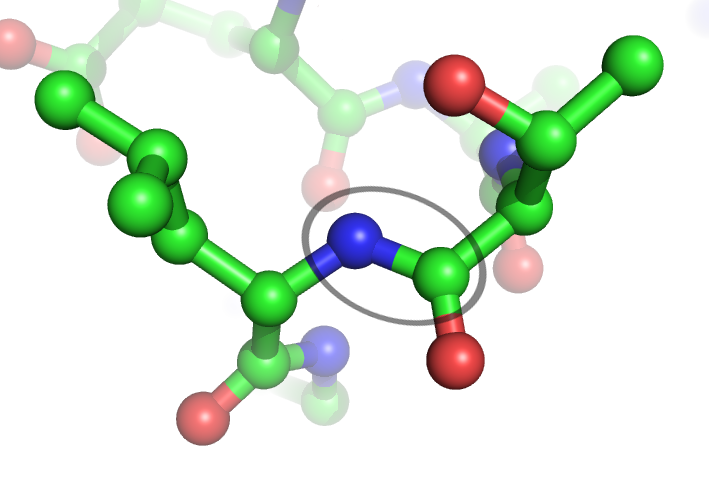-
 Pumice
Pumice
-
 CMR
CMR
-
 Aglycone
Aglycone
-
 Nocturnal
Nocturnal
-
 Leaving group
Leaving group
-
 Malaria
Malaria
-
 Parade
Parade
-
 Low temperature boiler
Low temperature boiler
-
 Stereochemical formula
Stereochemical formula
-
 Windthrow
Windthrow
-
 Autopsy
Autopsy
-
 Anorthosite
Anorthosite
-
 Sessile
Sessile
-
 Orange
Orange
-
 Exciton
Exciton
-
 Lapilli
Lapilli
-
 Lysine
Lysine
-
 Supersymmetry
Supersymmetry
-
 MIME
MIME
-
 Hard base
Hard base
-
 Kinetic energy
Kinetic energy
-
 Cherenkov radiation
Cherenkov radiation
-
 Genomics
Genomics
-
 MA
MA
-
 New Technology Telescope
New Technology Telescope
-
 Ailanthus
Ailanthus
-
 Lophocebus
Lophocebus
-
 Multimedia
Multimedia
-
 CRC
CRC
-
 Bolometer
Bolometer
Protease
A protease (or peptidase) is an enzyme which cleaves protein peptide bonds.
Structure of a protease
Proteases are different and have very different biological roles. Their structures are therefore also very different. However, like all enzymes, they have an active site, which is responsible for their hydrolytic activity on peptide bonds, and a substrate recognition site so that they only act on the target protein.
Function of a protease
These separate two amino acids by breaking the peptide bonds between a carbon atom and a nitrogen atom in the proteins.
The proteases have hydrolase activity as they use a molecule of water to achieve this break. An oxygen and a hydrogen atom from the water molecule make up the carboxyl group on the one hand and on the other, the remaining hydrogen atom is given to the amine group.
Exopeptidases,
- which release the first or last amino acid from the protein ;
- can be distinguished from the endoproteases which cleave the peptide bonds in the middle of proteins.
Proteases are found in digestive juices (such as trypsin or chymotrypsin) but are also involved in cellular processes such as in protein maturation.
 Peptide bonds (between a nitrogen in blue and a carbon in green) are hydrolysed by proteases. © Webridge, Wikimedia, CC by-sa 3.0
Peptide bonds (between a nitrogen in blue and a carbon in green) are hydrolysed by proteases. © Webridge, Wikimedia, CC by-sa 3.0
Latest
Fill out my online form.



